Bibliographic Information
Article Title
Ethics and Best Practices for Mapping Archaeological Sites
Journal Title
Advances in Archaeological Practice
Author(s)
Smith, Cecilia
Year of Publication
2020
Volume Number
8
Issue Number
2
Article Pages
162-173
Web Address (URL)
Additional Information
Available Through
Cambridge University Press
Language
English
Notes
Archaeologists are tasked with balancing a call to open data and the need to maintain confidentiality of sensitive archaeological site locations. Low-resolution mapping and data aggregation are the methods most commonly used to hide site locations; however, we understand little of the effectiveness of these practices. Trends in geomasking, obscuring observed geographic points, to anonymize public health data are suggested as a source of methods for sharing archaeological site data. Archaeologists have available to them a number of geomasking methods that balance open data and site security in different ways. Low-resolution mapping at several scales and random direction with fixed radius, random perturbation donut, and Gaussian donut techniques are tested on a set of archaeological site locations. Random perturbation donuts resulted in the best balance between obscuring archaeological locations and conveying observed spatial patterning. Researchers should carefully consider how they convey archaeological location data, as commonly used low-resolution scales may not provide the desired level of obscurity. Researchers should also be explicit as to how and why their methods of site visualization are chosen.

